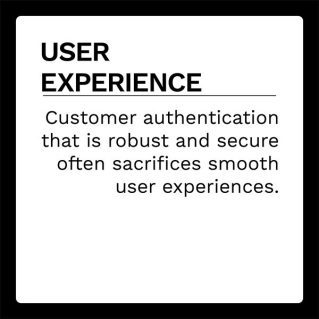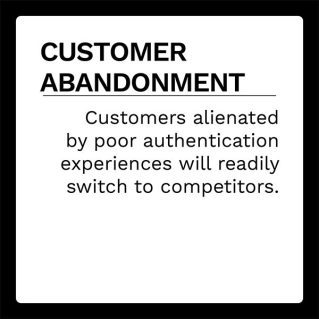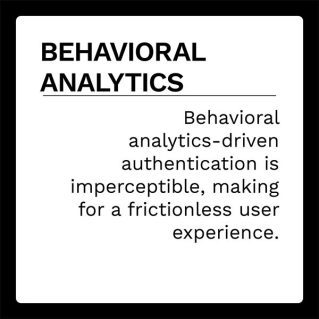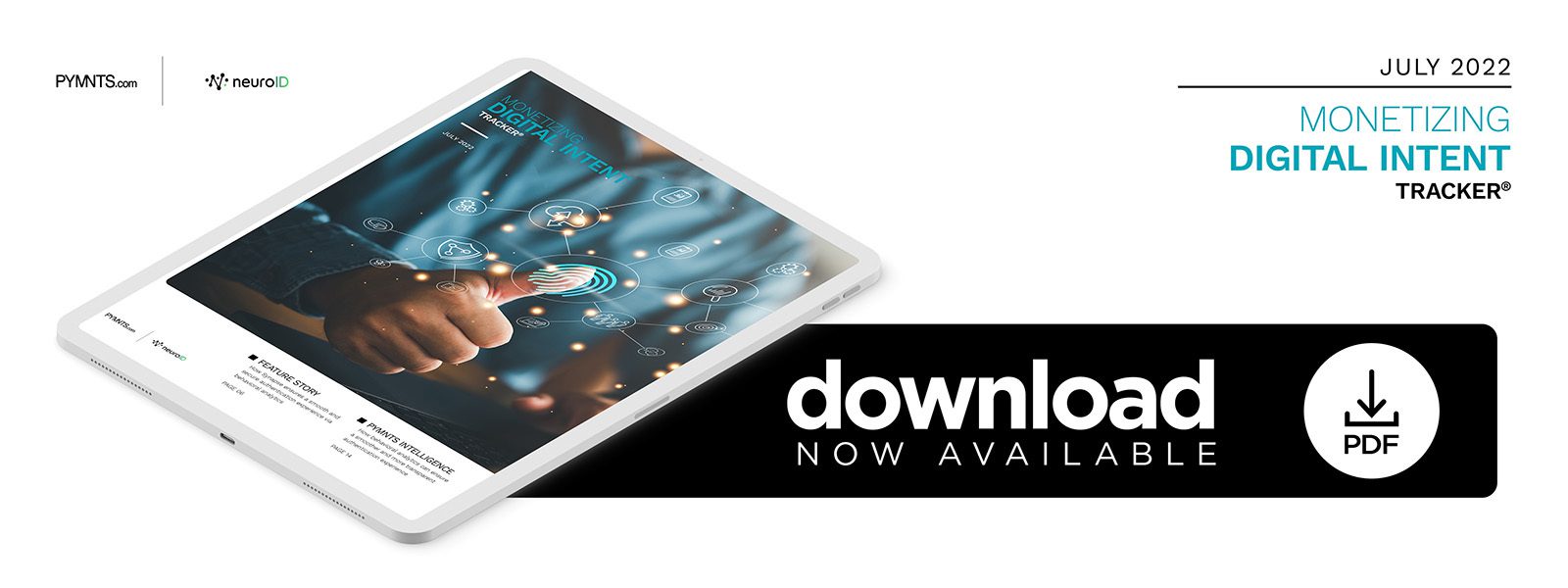Behavioral Analytics Helps FinTechs Separate the Fraudsters From the Friendlies

Digital fraud continues to plague businesses of all sizes, and consumers are paying the price. A recent survey found that the average American has experienced at least seven data breaches since 2004. Companies are turning to increasingly imposing authentication checks to ensure that customers are who they say they are, but this often comes at the cost of a smooth customer experience.
Improving these customer experiences is imperative, but not at the cost of a higher risk of fraud. Fortunately, behavioral analytics has the potential to accomplish both objectives at once. The first step in reducing friction is to identify exactly where customers have hang-ups, and behavioral analytics systems can break down and pinpoint which specific point in the process each customer decided to click away, allowing user experience (UX) staff to quickly and precisely make adjustments to smooth out the customer experience.
This edition of the Monetizing Digital Intent Tracker® delves deep into how behavioral analytics can improve the customer experience without compromising cybersecurity. It also examines how behavioral analytics can reduce false positives and improve transaction transparency, and how companies leverage behavioral analytics to improve customer trust and prevent transaction abandonment.
Around the Behavioral Analytics Space
 Identity fraud is a major concern for banks and businesses of all types, and most are personally familiar with the danger it can cause. A recent survey of IT professionals found that 84% of companies had suffered an identity-related data breach in the past 12 months, up from 79% that experienced it in the past two years before the period surveyed. Experts attribute this increase to the growth in digital identities managed, with 98% of companies reporting they have more identities in hand than ever before.
Identity fraud is a major concern for banks and businesses of all types, and most are personally familiar with the danger it can cause. A recent survey of IT professionals found that 84% of companies had suffered an identity-related data breach in the past 12 months, up from 79% that experienced it in the past two years before the period surveyed. Experts attribute this increase to the growth in digital identities managed, with 98% of companies reporting they have more identities in hand than ever before.
Fighting all these unrelenting fraud trends is taking its toll on cybersecurity professionals, 45% of which said they were considering leaving the industry due to the sheer stress of their job. The primary issue was the threat of ransomware, as well as being required to be on call even when not on the clock. Forty-six percent felt that the stress of their job had increased in the past 12 months, and another 46% said that they knew at least one person who had found a different career due to said stress.
For more on these and other stories, visit the Tracker’s News and Trends section.
How Synapse Ensures a Smooth and Secure Authentication Experience via Behavioral Analytics
User authentication is a critical tool for any organization that deals in personal or financial information, as identity theft runs rampant in the modern business world. This ordinary task poses a substantial challenge to maintaining a smooth user experience, however, and any compromise on quality in the customer journey carries a massive opportunity cost.
In this month’s Feature Story, PYMNTS talked with Sankaet Pathak, founder and CEO of Banking-as-a-Service platform Synapse, about how Synapse uses behavioral analytics technology to fulfill both goals, ensuring an authentication experience that is both secure and seamless.
How Behavioral Analytics Can Ensure a Smoother and More Transparent Authentication Experience
Providing seamless and transparent experiences is critical to fostering customer trust and ensuring a prosperous relationship. High friction is responsible for up to 75% of customer abandonments, so removing this friction and ensuring transparency while checking out or signing up must be a top priority for any business that regularly interacts with consumers.
This month’s PYMNTS Intelligence examines how obtuse and opaque customer experiences can drive abandonment and how behavioral analytics can build consumer trust through seamless and secure experiences.
About the Tracker
The Monetizing Digital Intent Tracker, a PYMNTS and Neuro-ID collaboration, is the go-to monthly resource for updates on trends and changes in behavioral analytics.
